 Museums
Museums
Dubai Museum: A Timeless Journey Through the Heart of Emirates History
In the bustling metropolis of Dubai, where gleaming skyscrapers pierce the sky and luxury defines every corner, there exists a humble yet profound sanctuary that tells the story of how it all began. The Dubai Museum, nestled within the ancient walls of Al Fahidi Fort in Bur Dubai, stands as a testament to the emirate's remarkable transformation from a modest fishing village to a global powerhouse. This extraordinary cultural destination, alongside Dubai's other remarkable museums including the Museum of the Future Dubai, Museum of Illusions Dubai, and the innovative Arte Museum Dubai, offers visitors an unparalleled journey through time.
The Fortress of Stories: Al Fahidi Fort's Remarkable Legacy
Step through the weathered gates of Al Fahidi Fort, and you're stepping into history itself. Built in 1787, this remarkable structure is believed to be the oldest existing building in Dubai, its thick coral stone walls having witnessed nearly two and a half centuries of the emirate's evolution. The Dubai Museum, officially opened in 1971 by the Ruler of Dubai, has transformed this ancient fortress into a living narrative of Emirati heritage.
The fort's journey is as fascinating as the artifacts it houses. Over the decades, it has served as the ruler's base, a fortified residence, prison and arsenal, each purpose leaving its mark on the structure's character. Walking through its courtyard today, you can almost hear the echoes of merchants negotiating deals, soldiers standing guard, and families gathering in what was once a royal residence.
What makes the Dubai Museum truly extraordinary is its ability to transport visitors to a Dubai that existed long before oil changed everything. The museum was opened with the aim of presenting the traditional way of life in the Emirate of Dubai, a mission it accomplishes with remarkable authenticity and emotional resonance.
A Journey Through Seven Galleries of Wonder
The museum's underground galleries, added in 1995, create an immersive experience that brings Dubai's past to vivid life. As you descend the spiral staircase at the fort's southwestern tower, you're embarking on a chronological journey through the emirate's rich history.
The first gallery greets you with ancient maps of Dubai and the Emirates, revealing the dramatic expansion that followed the oil boom. These aren't just historical documents; they're windows into a world where the coastline looked vastly different, and where small settlements dotted the landscape that would eventually become one of the world's most dynamic cities.
Perhaps the most captivating section is the life-sized souk recreation, where life-size dioramas depicting shopkeepers and craftspeople at work, enhanced by light and sound effects and grainy documentary films create an almost magical atmosphere. The attention to detail is extraordinary – from the authentic spice aromas that fill the air to the carefully crafted tools and textiles that merchants would have traded centuries ago.
The pearl diving exhibit stands as one of the museum's crown jewels. It includes a small but fascinating pearl-diving exhibit where you can marvel at the fact that divers wore merely nose clips and leather gloves while descending to extraordinary depths. This display doesn't just showcase tools and techniques; it honors the courage and skill of the men who dove into the Arabian Gulf's depths, their efforts forming the economic backbone of pre-oil Dubai.
Archaeological Treasures and Ancient Mysteries
The museum houses archaeological finds that span millennia, some dating back over 5,000 years. It includes several dioramas showing life in the emirate before the advent of oil, in addition to artifacts from recent discoveries as old as 3000 BC. These artifacts tell stories of ancient trade routes, early settlements, and the remarkable continuity of human habitation in this region.
The collection includes pottery from ancient civilizations, bronze weapons that speak of long-forgotten conflicts, and delicate jewelry that adorned the ancestors of today's Emiratis. Each piece has been carefully preserved and presented, creating a tangible connection between visitors and the people who called this land home thousands of years ago.
Dubai's Museum Renaissance: Beyond Al Fahidi Fort
While the Dubai Museum preserves the past, Dubai's cultural landscape has expanded to embrace the future with equal enthusiasm. The Museum of the Future Dubai, opened in February 2022, represents the emirate's forward-thinking vision. The museum, with 7 floors, is dedicated to exploring the future of science, technology, and innovation, housed in an architectural marvel that has become an icon of Dubai's skyline.
The Museum of Illusions Dubai offers a completely different but equally captivating experience. This interactive attraction challenges perception and reality, providing visitors with mind-bending exhibits that entertain while educating. It's particularly popular among families, offering a new lens through which to experience the art of illusion.
Meanwhile, the Arte Museum Dubai brings international masterpieces to life through cutting-edge technology. This museum offers a digital transformation of Musée d'Orsay's masterpieces, where Monet, van Gogh, and more come alive in an immersive, multi-sensory environment. This innovative approach to art appreciation represents Dubai's commitment to making culture accessible and engaging for modern audiences.
The Contemporary Art Scene: Dubai's Cultural Evolution
Dubai's commitment to the arts extends far beyond its museums. The city has emerged as a significant player in the global art world, with Jameel Art Center as the city's must-visit contemporary art institution, praised for its thoughtful programming and research library. The Alserkal Avenue district in Al Quoz has become the beating heart of Dubai's contemporary art scene, housing dozens of galleries and creative spaces.
The annual Art Dubai fair has positioned the emirate as a crucial hub for Middle Eastern and international contemporary art. The 2025 gallery programme brought together over 120 galleries from more than 60 cities, demonstrating Dubai's growing influence in the global art market.
Planning Your Museum Adventure: Practical Information
The Dubai Museum welcomes visitors with remarkable accessibility and affordability. The museum is open to visitors from Saturday right up to Thursday and the timing is from 8.30 am to 8.30 pm, with Friday hours from 2:30 pm to 8:30 pm. The entrance fee remains incredibly reasonable at just 3 AED for adults and 1 AED for children under six years.
Located on Al Fahidi Street near Bur Dubai, the museum is easily accessible by public transportation. Visitors can reach Dubai Museum by public buses through the Ghubaiba or Fahidi bus stations nearby or by metro station of the Ghubaiba or Fahidi. The nearby Al Fahidi Historical Neighbourhood offers additional cultural attractions, making it perfect for a full day of exploration.
For those planning to visit multiple cultural sites, consider combining your Dubai Museum visit with other nearby attractions. The Museum of the Future Dubai is located on Sheikh Zayed Road, easily accessible from the historical district. The Museum of Illusions Dubai and Arte Museum Dubai are both located in modern Dubai, making them perfect additions to a comprehensive cultural itinerary.
The Living Legacy: Why Dubai Museum Matters Today
In a city often characterized by its relentless pursuit of the future, the Dubai Museum serves as a crucial anchor to the past. The museum's primary goal these days is to showcase the traditional way of life in Dubai before the arrival of oil, ensuring that rapid modernization doesn't erase the cultural memory of the emirate's humble beginnings.
The museum attracts impressive visitor numbers, with over one million visitors in 2013 and continues to draw cultural enthusiasts from around the world. This popularity speaks to something deeper than mere tourism; it reflects a universal human need to understand our origins and appreciate the journey that brought us to where we are today.
What makes visiting the Dubai Museum particularly moving is its honest portrayal of life before luxury. The exhibits don't romanticize the past but present it with dignity and respect, showing the ingenuity, resilience, and community spirit that characterized Dubai's early inhabitants. From the wind towers that provided natural air conditioning to the intricate social structures that governed pearl diving expeditions, every display reveals the sophisticated adaptation to desert and maritime life.
Beyond the Walls: The Greater Cultural Experience
The Dubai Museum experience extends beyond the fort's walls into the surrounding Al Fahidi Historical Neighbourhood. This restored district, with its traditional wind tower architecture and narrow lanes, provides context for the museum's exhibits. Walking through these streets after visiting the museum creates a seamless bridge between past and present, allowing visitors to imagine daily life in historical Dubai.
The neighbourhood also houses several smaller museums and cultural centers, including traditional coffee houses, art galleries, and cultural centers that offer insights into various aspects of Emirati and Middle Eastern culture. The Sheikh Mohammed Centre for Cultural Understanding, located nearby, provides opportunities for deeper cultural exchange and learning.
For art enthusiasts, the proximity to Dubai's thriving gallery scene means that a visit to the Dubai Museum can easily be combined with explorations of contemporary Middle Eastern art. The dubai art museum scene encompasses numerous galleries and exhibition spaces that showcase both regional and international artists, creating a comprehensive cultural experience.
Seasonal Considerations and Best Times to Visit
Dubai's climate significantly influences the museum experience, particularly when exploring the outdoor areas and historical neighbourhood. The most popular times are from August to April, when temperatures are more comfortable for extended outdoor exploration.
During the cooler months (November through March), visitors can fully appreciate the outdoor exhibits in Al Fahidi Fort's courtyard, including the traditional dhow boats, ancient cannons, and the remarkable Arish summer house made entirely from palm fronds. The weather during these months also makes it pleasant to explore the surrounding historical neighbourhood on foot.
Summer visits (June through September) require more planning due to the intense heat, but the air-conditioned underground galleries provide a cool refuge. Early morning or late afternoon visits work best during these months, and the museum's extended hours accommodate different preferences.
Photography and Memory-Making
The Dubai Museum offers countless opportunities for meaningful photography, from the iconic exterior shots of Al Fahidi Fort against Dubai's modern skyline to intimate details of ancient artifacts and traditional crafts. The contrast between the historical setting and the surrounding urban landscape creates particularly striking images that capture Dubai's unique character.
The underground galleries, with their carefully designed lighting and atmospheric displays, provide dramatic backdrops for photos that tell the story of Dubai's heritage. The recreated souk, with its authentic details and ambient lighting, offers some of the most photogenic moments in the museum.
Many visitors find that photographing the traditional architecture elements – the wind towers, carved doors, and geometric patterns – helps them appreciate the sophisticated aesthetic sensibilities of historical Dubai. These architectural details, when viewed alongside exhibits about daily life, create a comprehensive understanding of the culture that created them.
Educational Value and Cultural Understanding
The Dubai Museum serves as more than just a tourist attraction; it's an educational institution that plays a crucial role in cultural preservation and understanding. For international visitors, the museum provides essential context for understanding modern Dubai's rapid development and the values that continue to influence Emirati society.
The museum's educational approach emphasizes hands-on learning and sensory experiences. The reconstructed environments, complete with appropriate sounds, smells, and textures, create immersive learning opportunities that engage visitors of all ages. Children particularly benefit from the museum's interactive elements, which make history tangible and memorable.
For residents of Dubai, the museum offers opportunities to connect with the emirate's roots and understand the cultural foundations that underpin contemporary Emirati identity. This connection is particularly valuable in a city where rapid change can sometimes obscure historical continuity.
The Future of Dubai's Cultural Heritage
As Dubai continues to evolve as a global cultural destination, the Dubai Museum remains central to the emirate's cultural strategy. Recent renovations and updates have enhanced the visitor experience while preserving the museum's authentic character. The integration of modern museum technologies with traditional exhibits demonstrates Dubai's approach to honoring the past while embracing innovation.
The success of newer attractions like the Museum of the Future Dubai, Museum of Illusions Dubai, and Arte Museum Dubai reflects growing interest in diverse cultural experiences. However, these modern additions complement rather than compete with the historical perspective offered by the Dubai Museum, creating a comprehensive cultural ecosystem that serves different interests and learning styles.
Plans for continued development of the Al Fahidi Historical Neighbourhood and surrounding cultural district promise to enhance the Dubai Museum experience further. These developments aim to create a more integrated cultural journey that connects various aspects of Dubai's heritage and contemporary cultural expression.
Conclusion: A Timeless Journey Worth Taking
In a city that seems to reinvent itself daily, the Dubai Museum offers something increasingly rare: authentic connection to place and history. This remarkable institution, housed within the ancient walls of Al Fahidi Fort, provides visitors with invaluable insights into the foundations upon which modern Dubai was built.
Whether you're exploring the traditional exhibits of the Dubai Museum, marveling at future possibilities in the Museum of the Future Dubai, challenging your perceptions at the Museum of Illusions Dubai, or experiencing digital art at Arte Museum Dubai, each institution contributes to Dubai's rich cultural tapestry. Together, they create a comprehensive narrative that spans from ancient traditions to future innovations.
The Dubai Museum reminds us that behind every gleaming skyscraper and luxury resort lies a story of human ingenuity, resilience, and dreams. The pearl divers who descended into the Gulf's depths, the merchants who navigated ancient trade routes, and the families who built communities in the desert all contributed to the foundation upon which contemporary Dubai stands.
For travelers seeking to understand Dubai beyond its modern attractions, the Dubai Museum offers an essential experience. It's a place where the past speaks to the present, where ancient wisdom informs modern ambitions, and where the heart of Emirati culture beats strongest. In preserving and sharing these stories, the museum ensures that Dubai's remarkable journey from pearling village to global metropolis will be remembered and understood for generations to come.
Have you visited the Dubai Museum or any of Dubai's other cultural attractions? Share your experience and discover the timeless stories that continue to shape this remarkable emirate!
For more information about visiting the Dubai Museum and other cultural attractions in Dubai, visit the Dubai Culture & Arts Authority website or explore comprehensive Dubai travel guides that include all the city's must-see museums and cultural sites.
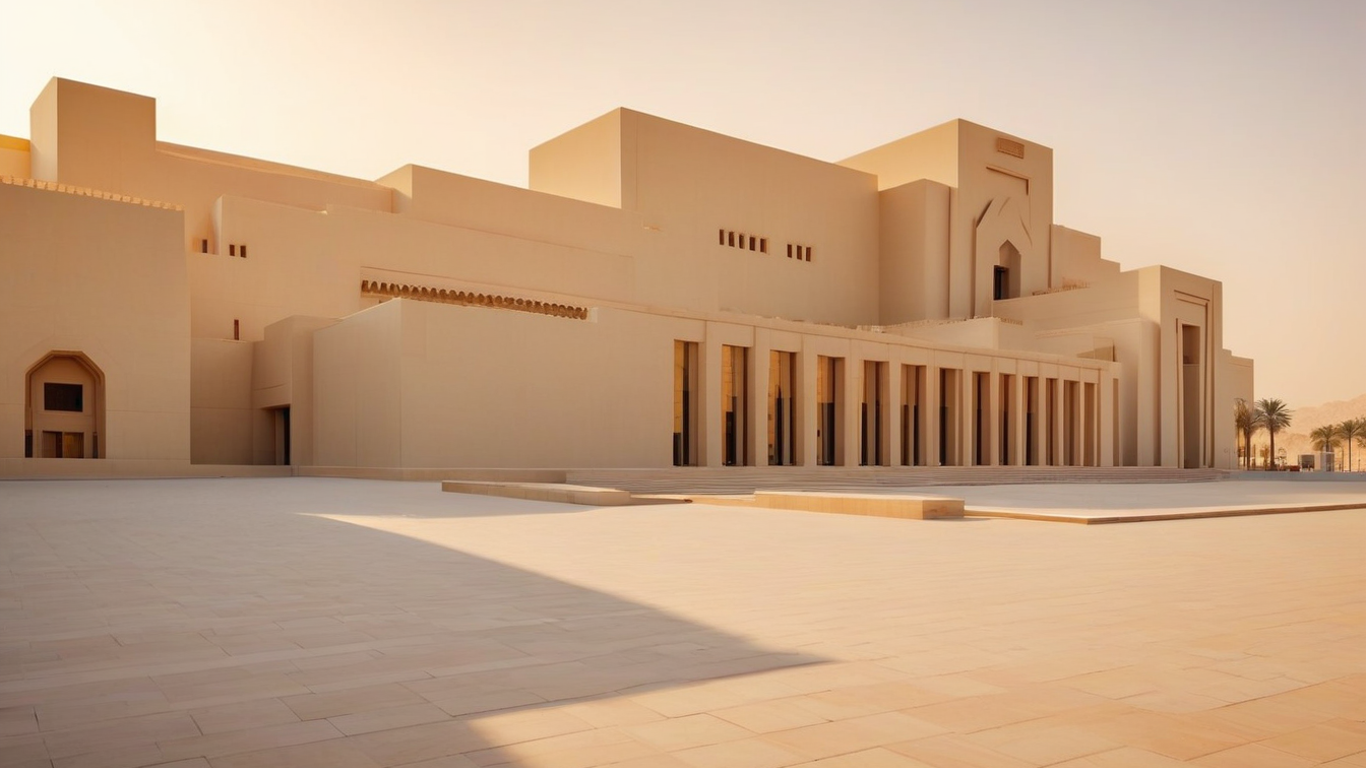
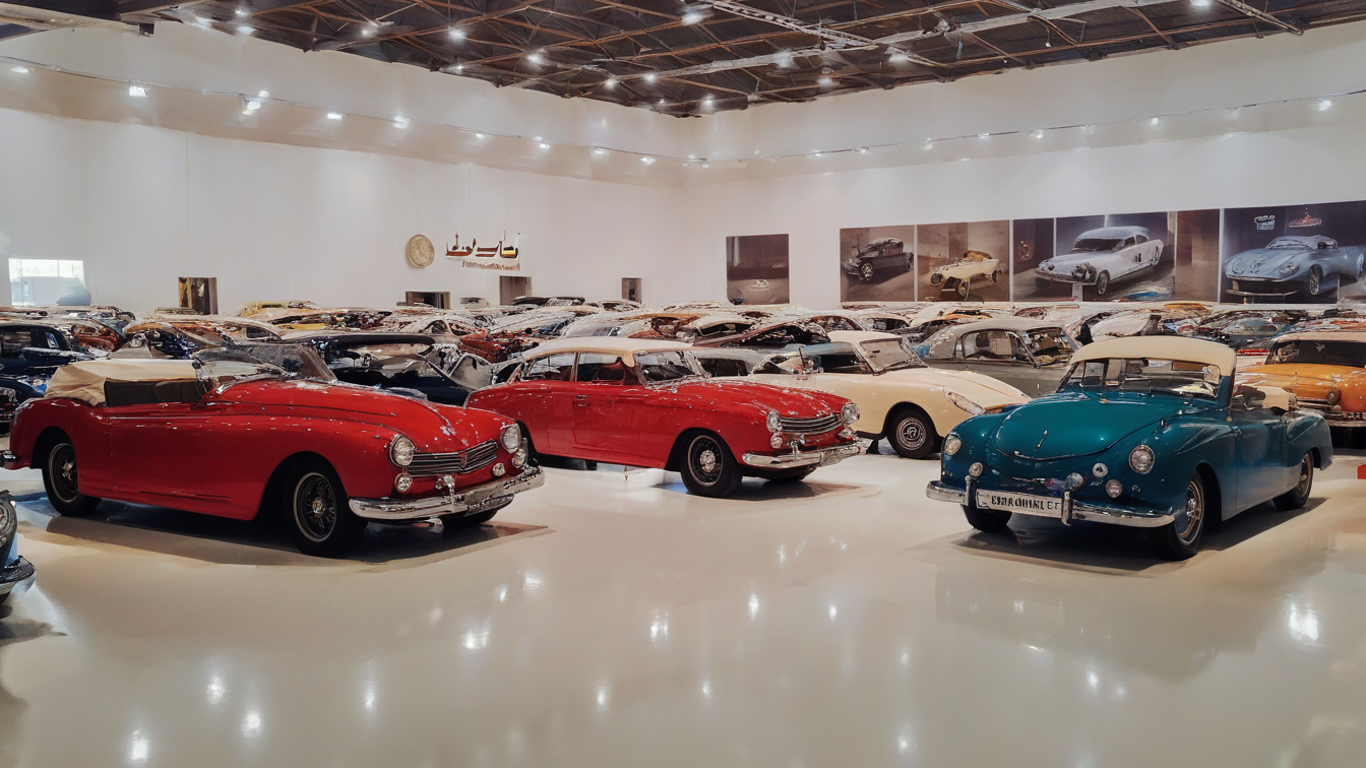
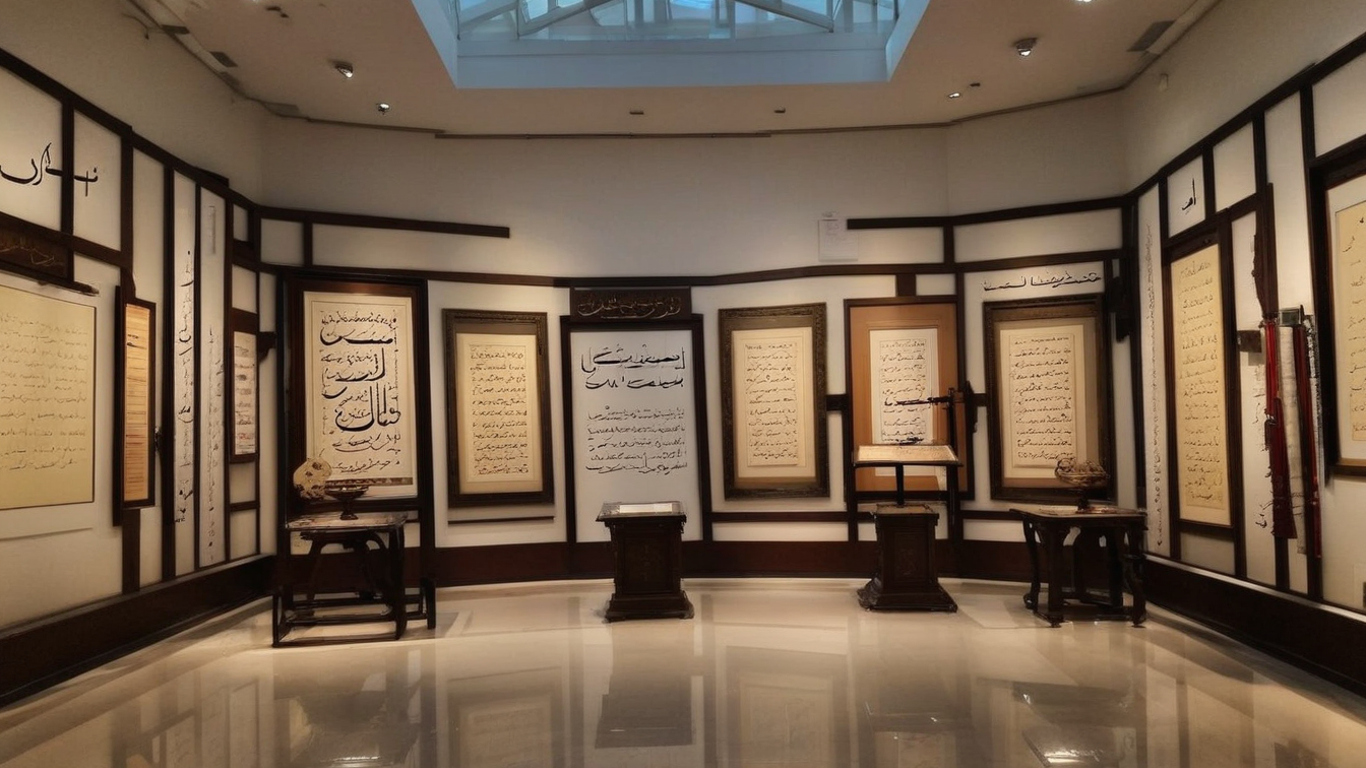

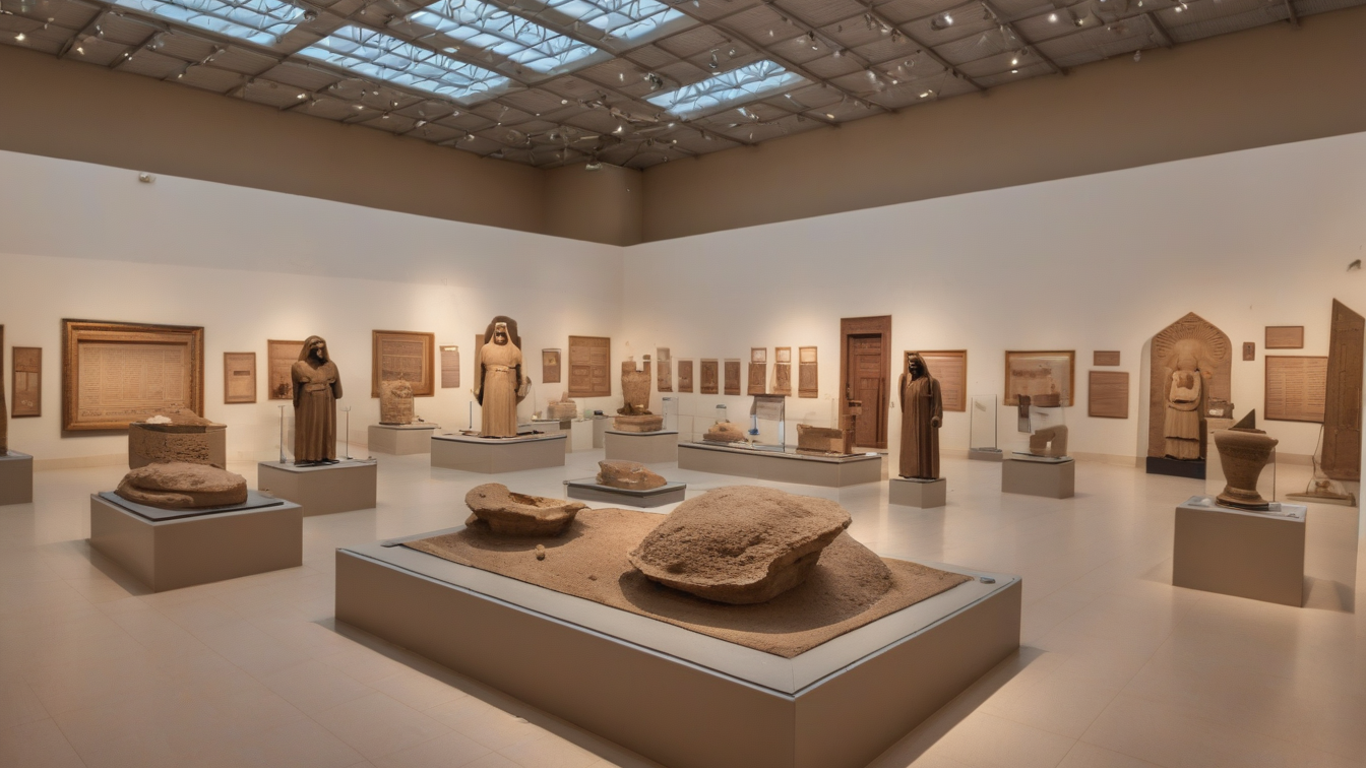
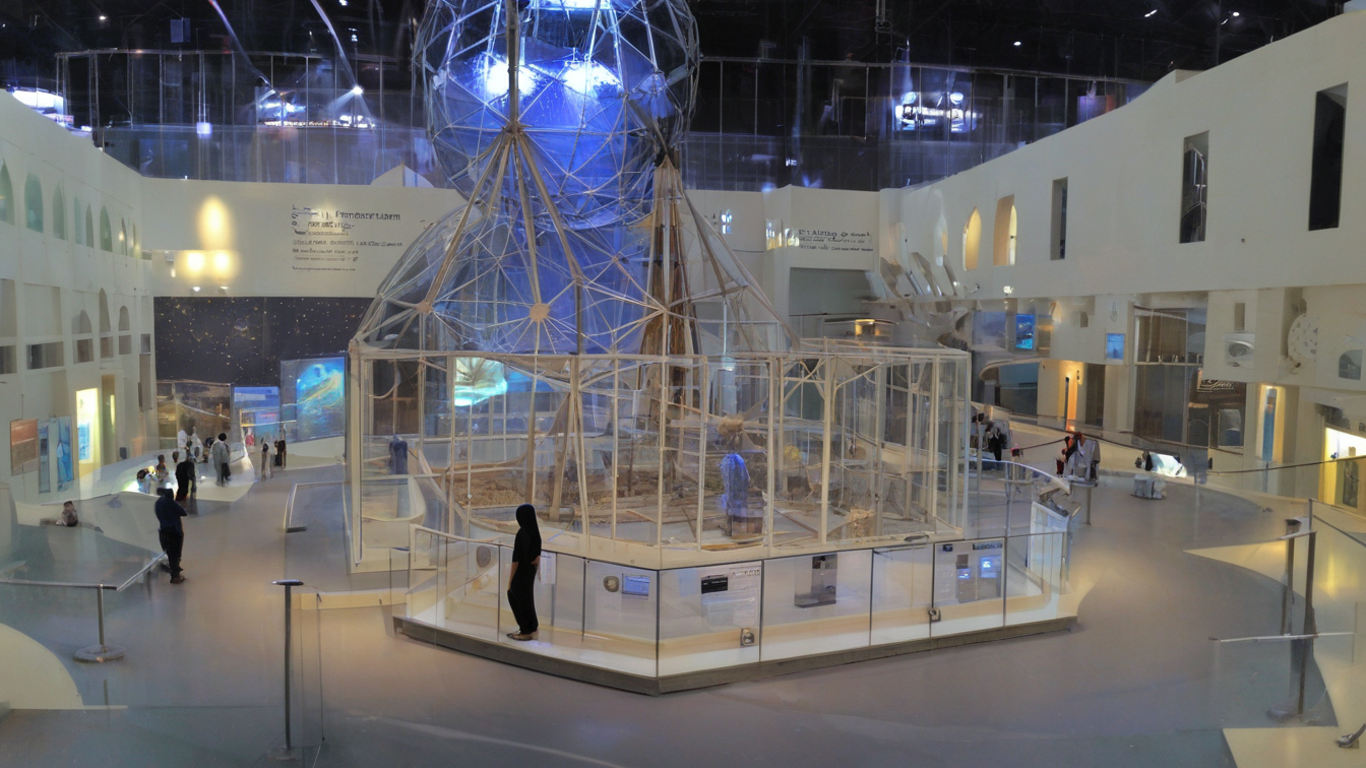
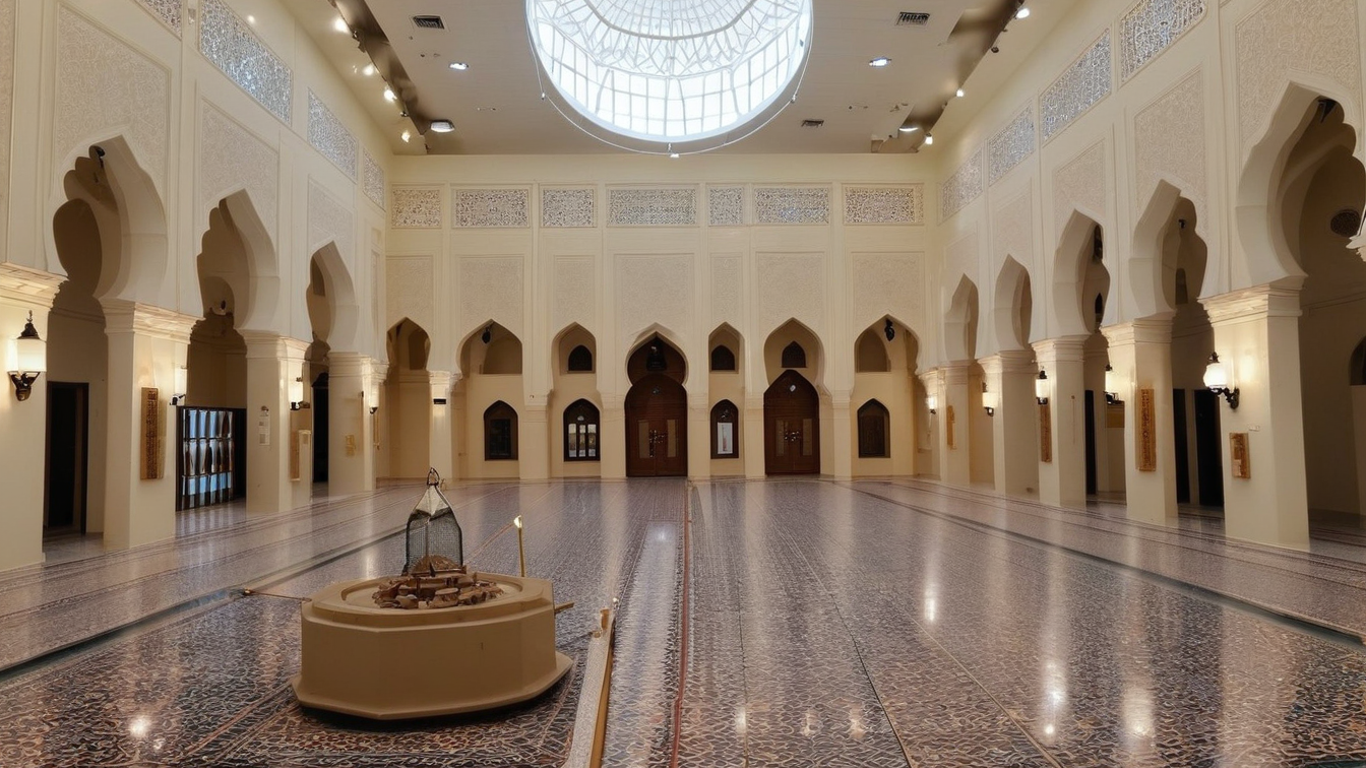
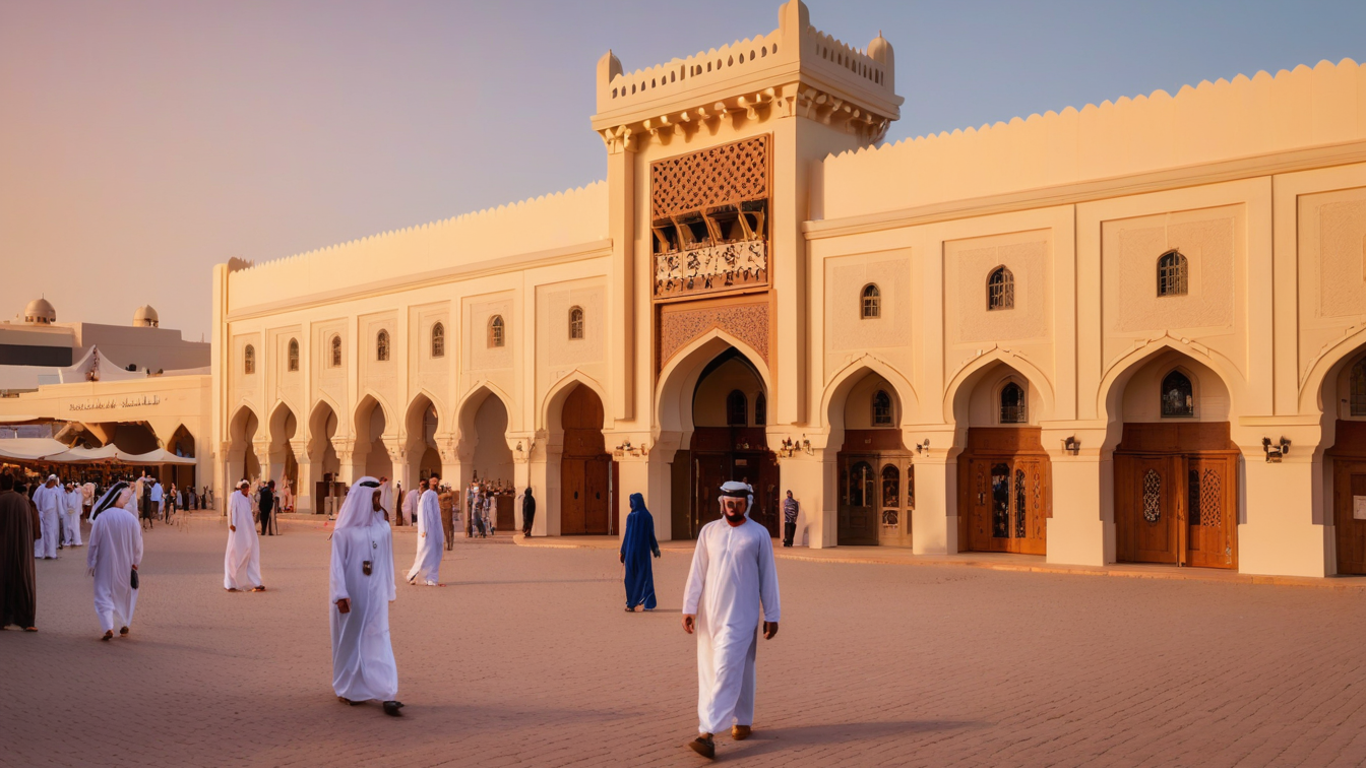

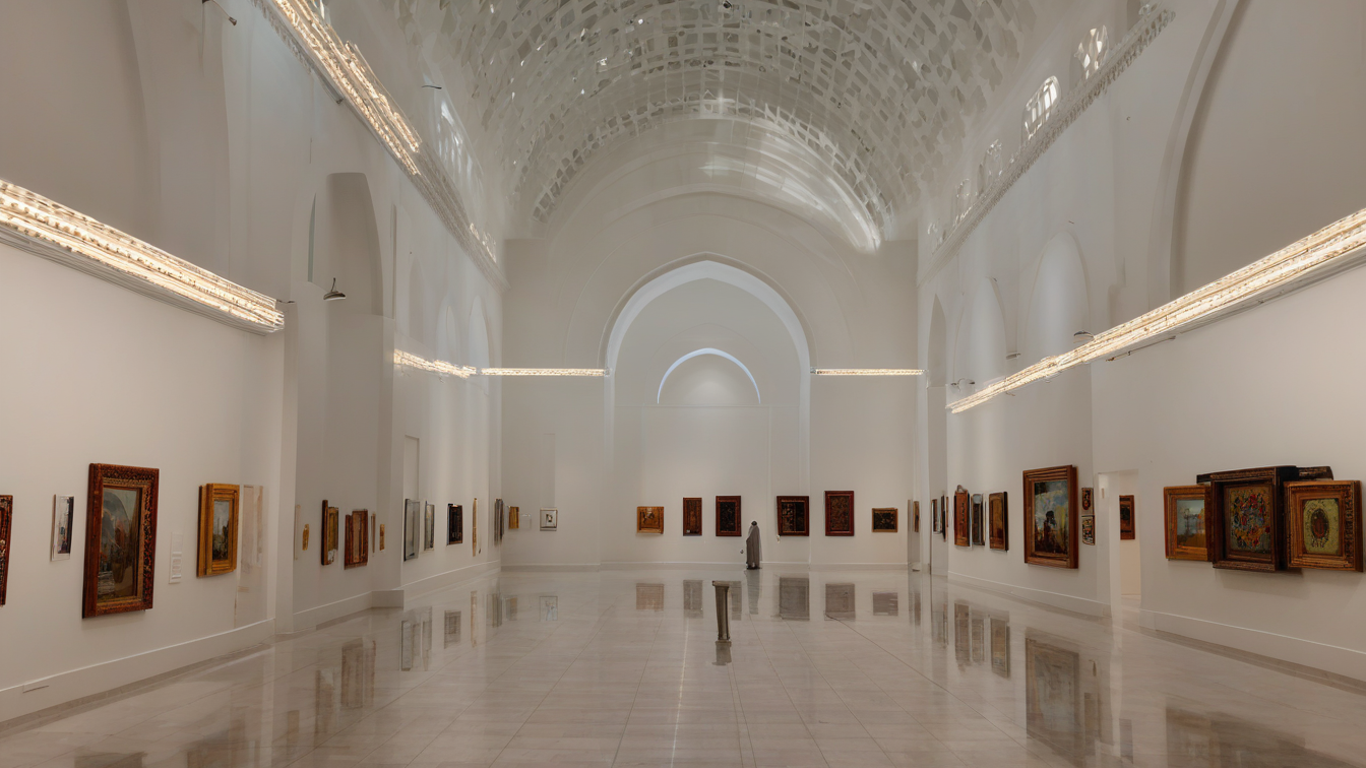
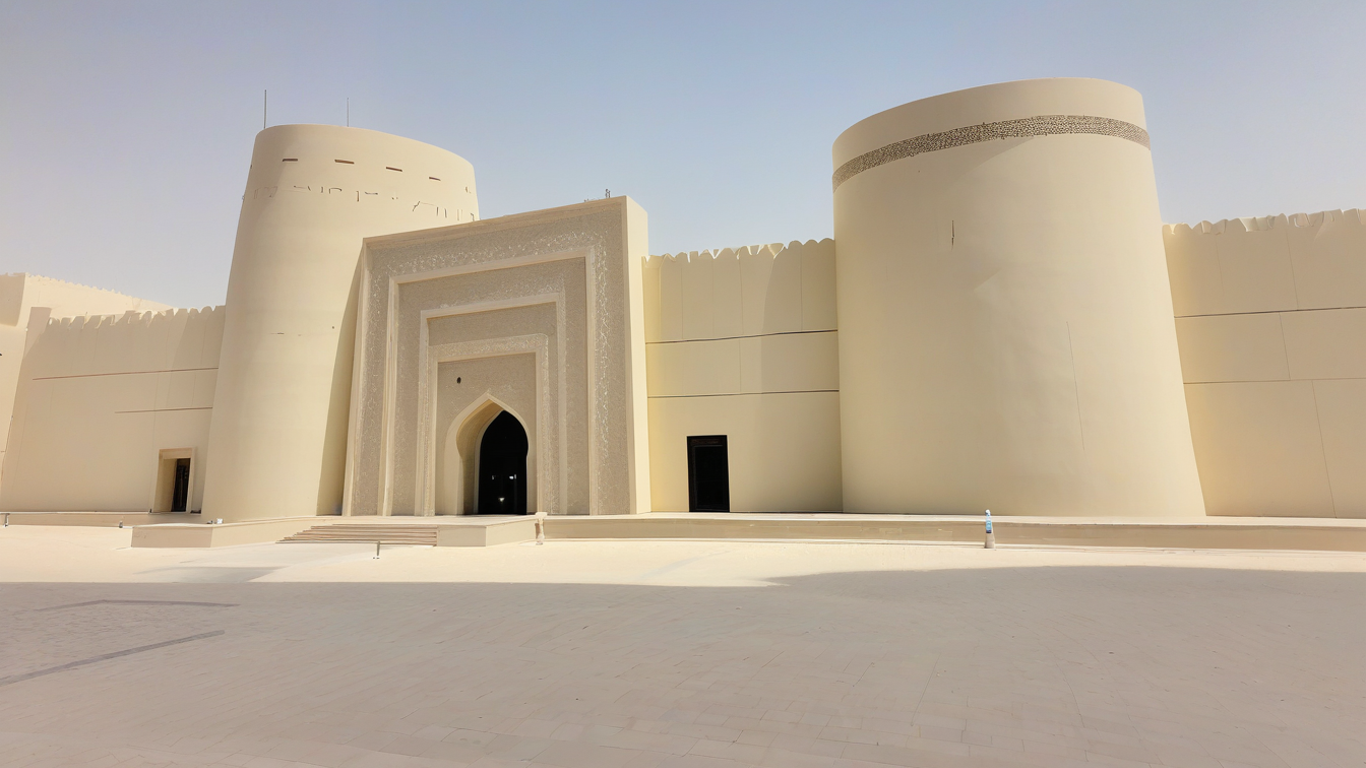
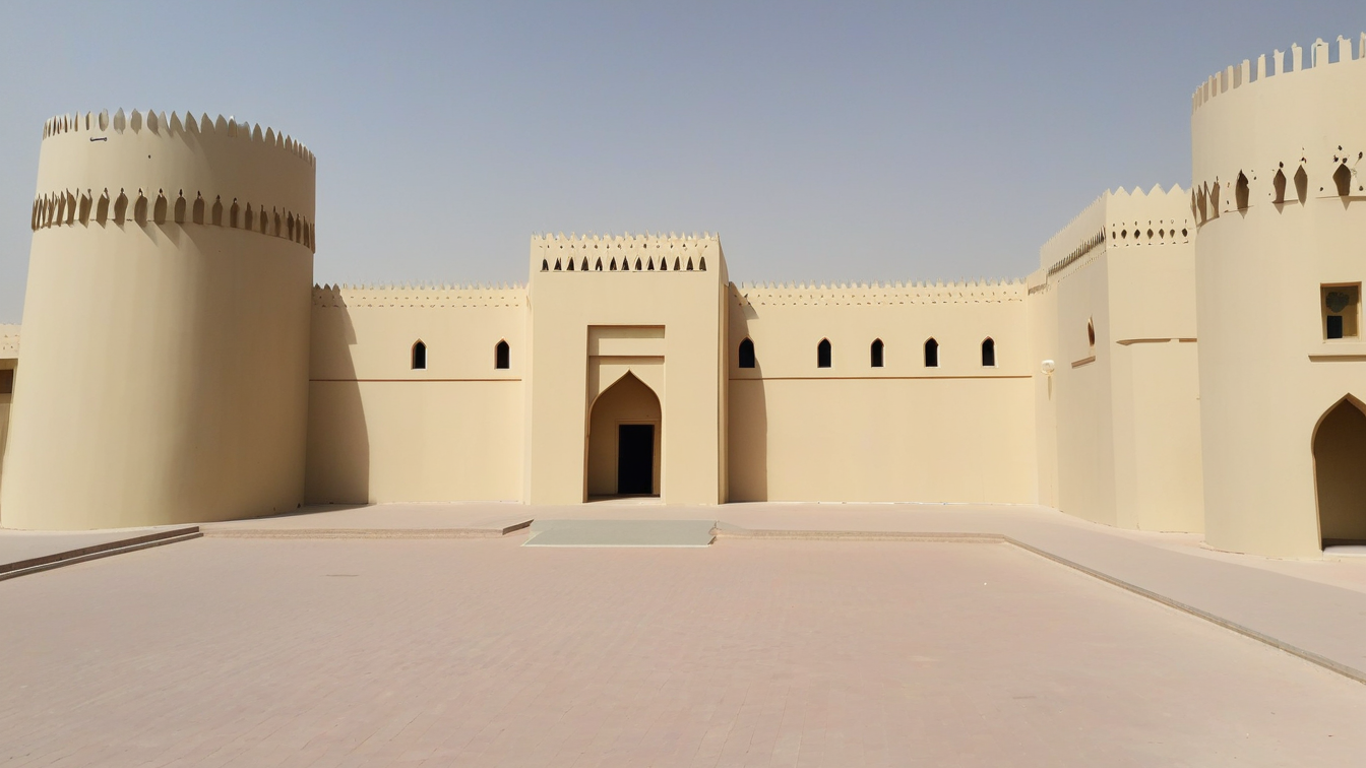

Comments (0)
{{ obj.comment_user_info.fullname }}
{{ obj.date_formatted }}{{ expandedComments[index] ? obj.comment : obj.comment.slice(0, 50) + (obj.comment.length > 50 ? '...' : '') }}
Add Comments
Login to comment